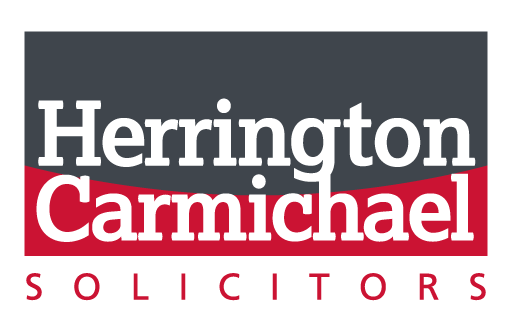Collective enfranchisement claims may not be at the forefront of a developer’s mind when building out or selling a development, however it is a matter that should be considered, particularly if there is scope for additional development of the building following completion of the original construction. A recent tribunal decision highlights the difficulty faced by freeholders and developers in ring-fencing the potential scope for additional development of basements, airspace or subsoil when faced with a claim for collective enfranchisement.
Collective enfranchisement is a right deriving from the Leasehold Reform, Housing and Urban Development Act 1993 (“LRHUDA 1993”) for leaseholders to collectively acquire the freehold of the building (together with intermediate leasehold interests and the common areas).
This applies where:
- A self-contained building or part of a building contains at least two flats
- The floor-space of the building does not comprise 25% or more non-residential space (such as shops or commercial space)
- At least 2/3 of the flats are owned by qualifying tenants (i.e. leaseholders whose leases were granted for 21 years or longer).
To exercise collective enfranchisement rights, at least half of the leaseholders are required to participate. A recent tribunal case relating to collective enfranchisement concluded that tenants may be entitled to acquire an interest in the basement, airspace or subsoil of a residential building.
In this case, LM Homes Ltd and others v Queen Court Freehold Company Ltd [2018] UKUT 367 (LC), a claim was made in relation to a block of 45 flats which included the freehold, a headlease of the whole building and intermediate leases of 10 of the residential units together with long leases seeking to permit further development of part of the basement, the subsoil adjoining the basement and the airspace extending up to a height of 7 metres above the surface of the roof.
Terms of acquisition for the freehold, the headlease and the intermediate leases had been agreed, but the acquisition of the leasehold interests relating to the basement, subsoil and airspace were disputed. The nominee purchaser (i.e. the leaseholders’ representative) acquired the freehold and intermediate leasehold interests and the transfers were completed by registration at the Land Registry.
The owners of the remaining leasehold interests in the basement, subsoil and airspace argued that as the other elements of the claim had been completed that there was no subsisting claim under which the nominee purchaser could exercise rights of enfranchisement, as section 13(11) of the LRHUDA 1993 states that: “where a notice is given in accordance with this section, then […] the notice continues in force as from the relevant date […] until a binding contract is entered into in pursuance of the notice”.
The tribunal originally found in favour of the nominee purchaser on the basis that the phrase “contract” in section 13(11) should include both the single and the plural, so notwithstanding the fact that some elements of the claim had been settled under a binding contract, the claim for the remaining interests remained live until properly disposed of. This decision was upheld on appeal on 20 December 2018.
The tribunal also decided that the nominee purchaser was entitled to claim enfranchisement of the leases for the basement, subsoil and airspace on the basis that the leasehold interests in question were “reasonably necessary for the proper management or maintenance of those common parts” (section 2(3)(a) of the LRHUDA 1993).
Section 101 of the LRHUDA 1993 includes a very wide definition of “common parts”, including: “the structure and exterior of that building or part and any common facilities within it”. As such the tribunal found that the interests held under the subsoil and airspace leases formed part of the exterior of the building, and could therefore be seen to form part of the common parts. The interest held under the basement lease formed part of the common parts (owing to the fact that the basement contained items such as an oil storage tank, metering equipment and other service installations which served the building). As the potential development of these areas would materially affect the tenants’ ability to maintain these areas, they were held to be entitled to acquire them under the enfranchisement claim.
The important points to note from this case include:
- Settlement of part of the claim does not invalidate the nominee purchaser’s claim for other interests, therefore the initial claim will be treated as continuing in force until all matters have been agreed or otherwise disposed of.
- It is increasingly difficult for freehold owners/developers to ring-fence interests in their residential buildings which appear to have the possibility for future development, particularly where the exterior of the building or service items could be construed as forming part of the common parts.
If you require specific advice on collective enfranchisement, or any other Real Estate matter, please do not hesitate to contact our Real Estate department who will be happy to help. Either visit https://www.herrington-carmichael.com/contact/, email your query to realestate@herrington-carmichael.com or call 01276 686222.
This reflects the law at the date of publication and is written as a general guide. It does not contain definitive legal advice, which should be sought as appropriate in relation to a particular matter.








